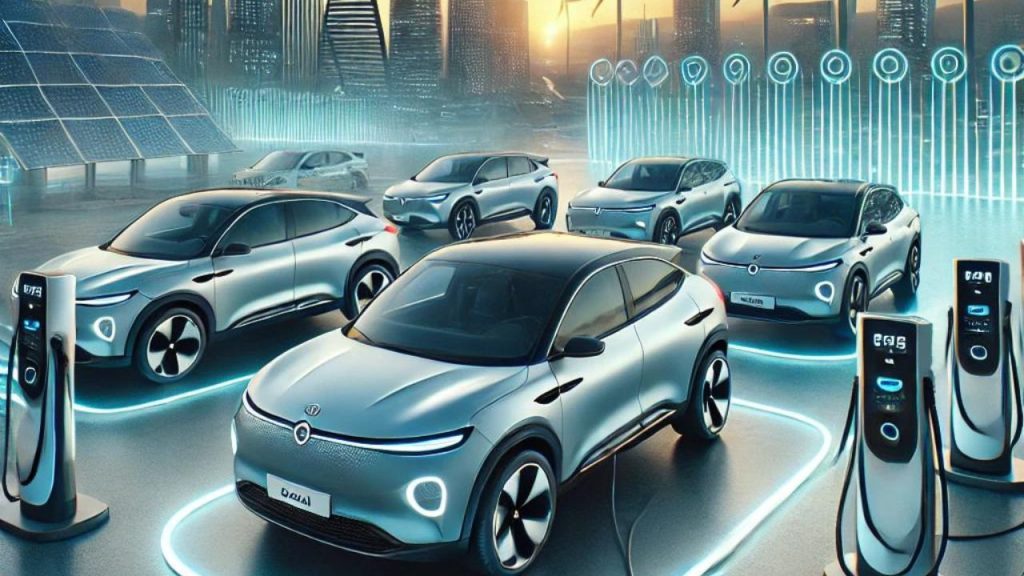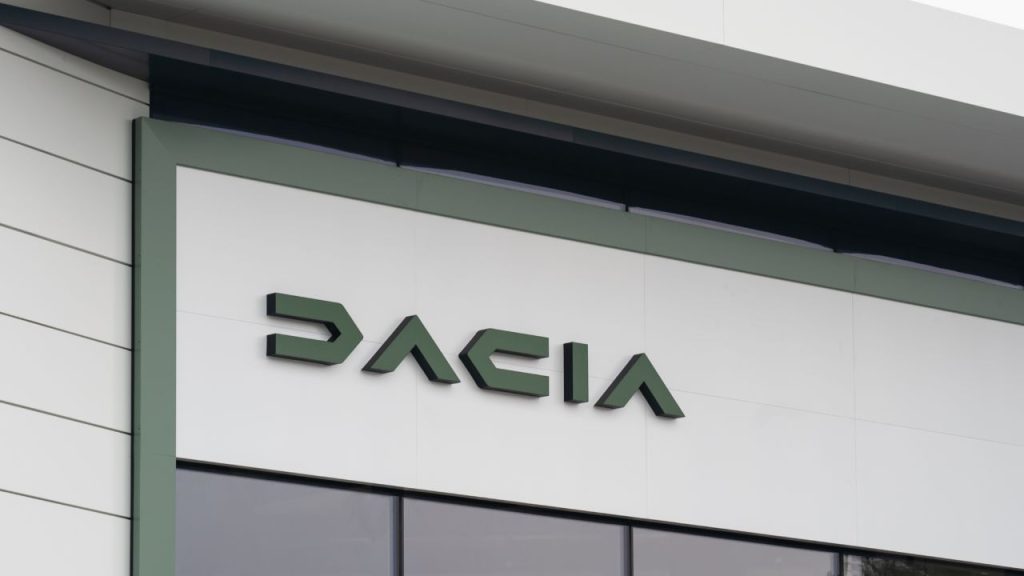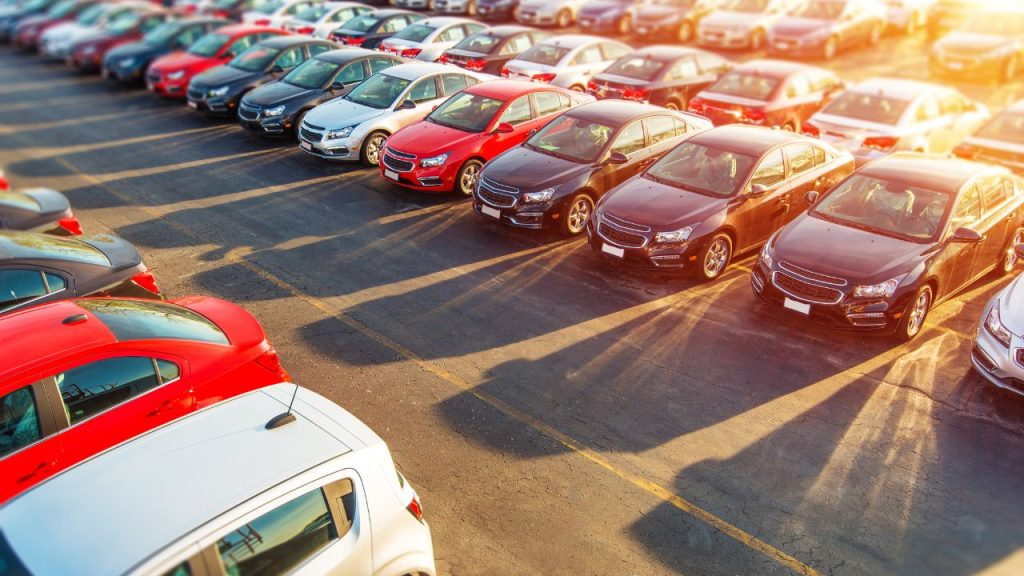Founded in 1966, Dacia has grown from a local Romanian automaker into a significant player in the European automotive industry. Known for producing budget-friendly and reliable vehicles, Dacia has effectively catered to cost-conscious consumers across Europe and beyond. This article delves into Dacia’s history, key models, market strategy, and future, highlighting why this Romanian car company continues to be a force in the automotive world.
The History of Dacia: From Local Beginnings to European Success
The Renault Partnership: A Foundation for Growth
Dacia’s journey began in Romania in the mid-1960s under a strategic partnership with the French automotive giant Renault. This collaboration was crucial in shaping Dacia’s future, providing access to advanced Western automotive technology integrated with local manufacturing expertise.
The first Dacia vehicle, the Dacia 1100, was a licensed version of the Renault 8, setting the stage for a long-term and fruitful relationship between the two companies. This partnership allowed Dacia to develop reliable and affordable cars and positioned it as a significant player in the Eastern European market.
Evolution and Expansion
Dacia expanded its model lineup and refined its production processes as the years progressed. The 2000s marked a pivotal moment for the brand as it redefined itself to focus on the European market. Dacia quickly gained traction across Europe by offering exceptional value for money, solidifying its reputation as a producer of budget-friendly vehicles that didn’t compromise on quality.
Key Models and Innovations: Pillars of Dacia’s Success
Dacia Logan: The Game Changer
Launched in 2004, the Dacia Logan was a revolutionary model for the brand. Designed to be affordable for emerging markets, it quickly gained popularity across Europe. The Logan’s success was rooted in its simplicity, reliability, and cost-effectiveness—traits that continue to define Dacia’s lineup today.
Dacia Sandero: Europe’s Best-Selling Compact
Introduced in 2007, the Dacia Sandero has become one of Europe’s best-selling cars. Its appeal lies in its combination of affordability, robust design, and the inclusion of features typically found in more expensive vehicles. The Sandero has been particularly popular among budget-conscious buyers who want a practical and reliable vehicle without the hefty price tag.
Dacia Duster: Affordable Off-Road Capability
The Dacia Duster, launched in 2010, was the brand’s first SUV and has been a massive success. It offers ruggedness and off-road capability at a price point that makes it accessible to many consumers. The Duster’s blend of affordability and versatility has made it a standout model in Dacia’s lineup, appealing to those who need a vehicle capable of handling urban and rural environments.
Dacia’s Market Strategy: Simplicity and Cost-Effectiveness
Targeting the Cost-Conscious Consumer
Dacia’s market strategy is centred around simplicity and cost-effectiveness. Unlike many automakers focusing on luxury or cutting-edge technology, Dacia targets middle-income consumers who prioritise practicality over extravagance. This strategy has resonated particularly well in Europe, where the demand for value-oriented vehicles is strong.

Dacia’s straightforward marketing campaigns emphasise the reliability and affordability of its vehicles, appealing to a broad demographic. The brand’s messaging is clear: Dacia offers practical, reliable vehicles at an unbeatable price. This approach has been instrumental in building a loyal customer base that values functionality over frills.
The Importance of Affordability
Affordability is at the heart of Dacia’s strategy. By focusing on essential features and streamlining production processes, Dacia can offer vehicles at lower prices than many of its competitors. This cost-efficiency does not come at the expense of quality, as Dacia vehicles are known for their durability and reliability. The success of models like the Sandero, often dubbed “Europe’s most affordable new car,” underscores the effectiveness of Dacia’s approach.
Manufacturing and Technology: Efficient Production with Quality in Mind
Mioveni Plant: The Hub of Dacia’s Production
Dacia’s main production facility is located in Mioveni, Romania. This plant is one of Eastern Europe’s most important automotive production sites, producing hundreds of thousands of vehicles each year. Dacia has optimised its manufacturing processes to maintain low costs while ensuring the quality of its vehicles remains high.
Balancing Tradition with Modern Technology
Dacia’s manufacturing strategy involves a blend of traditional automotive manufacturing techniques and modern technology. This balance allows the company to keep production costs low while delivering vehicles that meet the expectations of modern consumers. While Dacia cars may not feature the latest in luxury or advanced technologies, they provide reliable and practical solutions that satisfy the needs of everyday drivers.
Environmental Initiatives: Dacia’s Green Transition
Introduction of Electric Vehicles
Dacia has begun integrating more environmentally friendly practices into its operations in response to growing environmental concerns. A significant step in this direction is the introduction of the Dacia Spring Electric, the brand’s first fully electric vehicle. The Spring Electric is designed to be one of the most affordable electric cars on the market, making it accessible to a broader audience.
Commitment to Sustainability
Dacia’s move towards electric vehicles is part of a broader commitment to sustainability. As environmental regulations become more stringent and consumer preferences shift towards greener options, Dacia’s ability to offer budget-friendly electric vehicles will be crucial to its future success. The brand is expected to expand its EV lineup in the coming years, further solidifying its position as a leader in the affordable car market.
Dacia in the Global Market: Expanding Beyond Europe
Strategic Global Expansion
While Dacia is best known in Europe, the brand has expanded its presence in other regions, including Asia and Africa. This global expansion is supported by strategic partnerships and a deep understanding of local market needs, allowing Dacia to adapt its offerings to diverse consumer preferences.
Success in Emerging Markets
Dacia’s value-oriented approach has resonated strongly in emerging markets, where affordability and reliability are key purchasing factors. In markets like Morocco, Dacia has become a leading car brand, demonstrating the global potential of its business model. The brand’s ability to tailor its vehicles to meet local regulations and preferences has been key to its success in these regions.
Customer Loyalty and Brand Perception: The Dacia Experience
Building a Loyal Customer Base
Dacia enjoys high customer loyalty, particularly among buyers who value reliability and affordability. The brand’s no-frills approach has fostered a strong connection with consumers who appreciate straightforward, easy-to-maintain, and cost-effective vehicles.

Positive Brand Perception
Dacia’s brand perception is generally positive, with many customers praising its value-for-money proposition. While Dacia vehicles may not have the luxurious features or advanced technologies of more expensive brands, they deliver on the basics that matter most to many consumers: durability, low running costs, and practicality.
This strong customer satisfaction has helped Dacia build a loyal customer base that continues to grow as more consumers discover the benefits of owning a Dacia vehicle.
Challenges and Opportunities: Navigating a Competitive Market
Competition in the Budget Segment
Dacia faces significant competition in the budget car segment, where many automakers target the same cost-conscious consumers. To remain competitive, Dacia must continue to innovate while maintaining its reputation for affordability.
Embracing Electric Vehicles
Dacia’s shift towards electric vehicles presents both a challenge and an opportunity. While transitioning to a more electric-focused lineup will require substantial investment, the growing demand for affordable electric vehicles could position Dacia as a leader in this emerging market.
Global Market Expansion

Expanding into new global markets offers Dacia significant growth opportunities. By adapting its vehicles to meet the needs of consumers worldwide, Dacia is well-positioned to remain a key player in the global car market.
The Future of Dacia: Innovation and Expansion
Expanding the Electric Vehicle Lineup
Looking ahead, Dacia is focused on expanding its electric vehicle lineup. The introduction of the Dacia Spring Electric is just the beginning, with the brand planning to enhance its EV offerings to cater to the growing demand for environmentally friendly vehicles.

Strengthening Global Presence
Dacia also plans to continue its expansion into new global markets, leveraging its experience in Europe to meet the needs of consumers in Asia, Africa, and beyond. This global strategy will be crucial to Dacia’s long-term success, allowing the brand to tap into new customer bases and diversify its revenue streams.
Maintaining Affordability and Quality
As Dacia embraces new technologies and expands its market presence, its commitment to affordability and quality remains unchanged. Dacia will continue to offer vehicles that meet the needs of budget-conscious consumers, ensuring that the brand stays true to its roots even as it evolves to meet the future demands.
Dacia’s Impact on the Automotive Industry
Dacia’s rise from a regional Romanian car manufacturer to a recognised name in the European automotive industry is a testament to the brand’s commitment to affordability and practicality. As Dacia navigates future challenges and opportunities, it is set to remain a key player in the global car market, driven by innovation and a customer-centric approach.
FAQs
Dacia is a Romanian car company founded in 1966. It is headquartered in Mioveni, Romania, and is well-known for producing budget-friendly and reliable vehicles. Since 1999, Dacia has been a French automotive group Renault subsidiary.
Dacia cars are designed with affordability in mind. The company focuses on essential features, streamlined production processes, and using proven technology to keep costs low. This approach allows Dacia to offer vehicles at a lower price point than many competitors without compromising reliability.
Yes, Dacia cars are known for their reliability and durability. They are built using robust, well-tested components, which makes them a dependable choice for cost-conscious buyers. Dacia’s focus on simplicity and practicality contributes to their longevity and low maintenance costs.
Some of the most popular Dacia models include the Dacia Logan, Dacia Sandero, and Dacia Duster. The Logan is known for its affordability and spaciousness, the Sandero for being one of Europe’s best-selling compact cars, and the Duster for its rugged off-road capabilities at a budget-friendly price.
Yes, Dacia has entered the electric vehicle market with the Dacia Spring Electric. It is designed to be one of the most affordable electric cars on the market, aligning with Dacia’s commitment to providing budget-friendly vehicles. The brand plans to expand its electric vehicle lineup in the future.

Ciaran is an automotive enthusiast with a Bachelor of Arts Honours degree in Creative Digital Media from MTU in Ireland and over three years of experience in digital marketing. His unique background combines a love for storytelling with a strong grasp of engaging content creation, making complex car topics relatable and easy to understand. Through years of managing this blog, Ciaran has expanded his automotive knowledge while helping everyday drivers gain new insights.
Passionate about demystifying the driving world, Ciaran focuses on simplifying car trends, tech updates, and practical driving tips. He believes that everyone should feel confident and informed behind the wheel, offering content that empowers readers to make smart, well-informed decisions.




